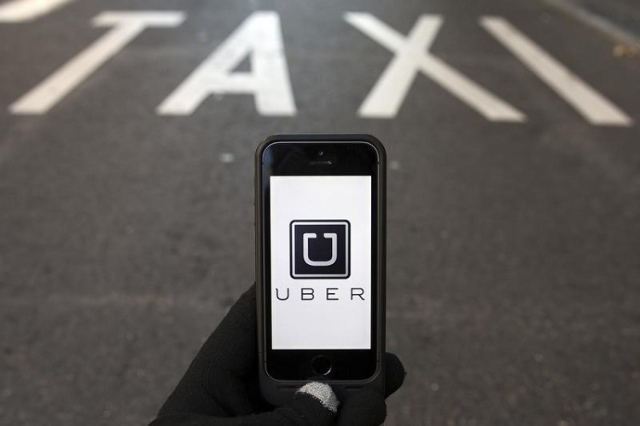Vegas experiences first taste of Uber ‘surge’ pricing

Southern Nevada Uber customers got their first taste of “surge” pricing over the weekend.
And for most, it left a bitter aftertaste.
The license the company received from the Nevada Transportation Authority doesn’t prohibit the company’s dynamic pricing model that is designed to incentivize more drivers to be available during times of heavy demand. Because drivers are contracted and can make their own schedules, Uber uses dynamic pricing to increase supply when it’s needed.
But some customers weren’t ready for the high fares they paid when dynamic pricing hit Friday and Saturday night.
Customer emailed these examples: A ride from Sahara Avenue and Arville Street to the SLS Las Vegas, a distance of about 2.7 miles, cost $26; a trip from the Embassy Suites Convention Center on Paradise Road to the Palms, a distance of about 3.8 miles, cost $44; and, a trip from Southern Highlands to the Hard Rock Hotel, a distance of about 11.5 miles, cost $101.
Even with heavy traffic and a tip, those rates are at least twice as high as what it would cost to take a taxi. Cabs have set rates on cab meters and are prohibited from charging more during busy periods.
An Uber spokeswoman would not confirm how long surge pricing was in effect or the multiple that was in place when it was.
When Uber operated illegally in Nevada in late October and early November of last year, it never had surge pricing in effect.
Uber’s dynamic pricing is usually confined to a specific geographic area, but the multiples vary depending on how large the demand is. Customers who have used the app say they believe the multiple in place Friday night and Saturday morning ranged from 1.2 to 3.6 times the normal Uber rate.
The company defends the pricing concept by noting that customers have to confirm that they want to book the ride despite the higher price being in place. When a multiple is more than twice the normal rate, a customer must type that multiple into the app to book the ride.
The app also provides ways that a customer can be notified when surge pricing subsides or ends.
“Ultimately, we think it’s better for a user to open the app, see dynamic pricing in place and have a choice about whether to proceed than to open the app and see that there are no cars available,” a company primer on the policy says. “Dynamic pricing helps ensure that reliability of choice.”
With a higher pay rate in effect, you’d think drivers would be ecstatic — and most of them are with the surge pricing.
While some drivers had a $400 payday over the weekend, others aren’t happy that the company is now taking a higher percentage of the fares than when it operated last year and than what it said it would take when operations began last week.
An Uber driver who asked not to be identified noted that a service fee scheduled issued Sept. 12 said Uber drivers would receive 80 percent of the fares collected with the company keeping the other 20 percent.
When Uber received its license from the state on Sept. 14, company officials confirmed that because of the high cost of doing business in Nevada, the company would take 25 percent of the proceeds with 75 percent going to the drivers.
That, apparently, was never communicated to the contracted drivers.
The driver said he complained to supervisors who disregarded his concerns.
“I like driving, but hate being lied to,” the driver said in an email “My feelings are until we are officially notified as Uber states, then they owe us the 5 percent back.”
Contact reporter Richard N. Velotta at rvelotta@reviewjournal.com or 702-477-3893. Find @RickVelotta on Twitter.